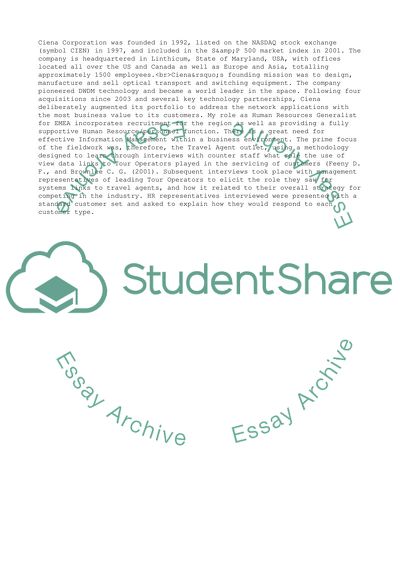Cite this document
(“Information Management and a Business Environment Research Paper”, n.d.)
Information Management and a Business Environment Research Paper. Retrieved from https://studentshare.org/management/1525843-information-management-undefined-essay-ciena-corporation
Information Management and a Business Environment Research Paper. Retrieved from https://studentshare.org/management/1525843-information-management-undefined-essay-ciena-corporation
(Information Management and a Business Environment Research Paper)
Information Management and a Business Environment Research Paper. https://studentshare.org/management/1525843-information-management-undefined-essay-ciena-corporation.
Information Management and a Business Environment Research Paper. https://studentshare.org/management/1525843-information-management-undefined-essay-ciena-corporation.
“Information Management and a Business Environment Research Paper”, n.d. https://studentshare.org/management/1525843-information-management-undefined-essay-ciena-corporation.


